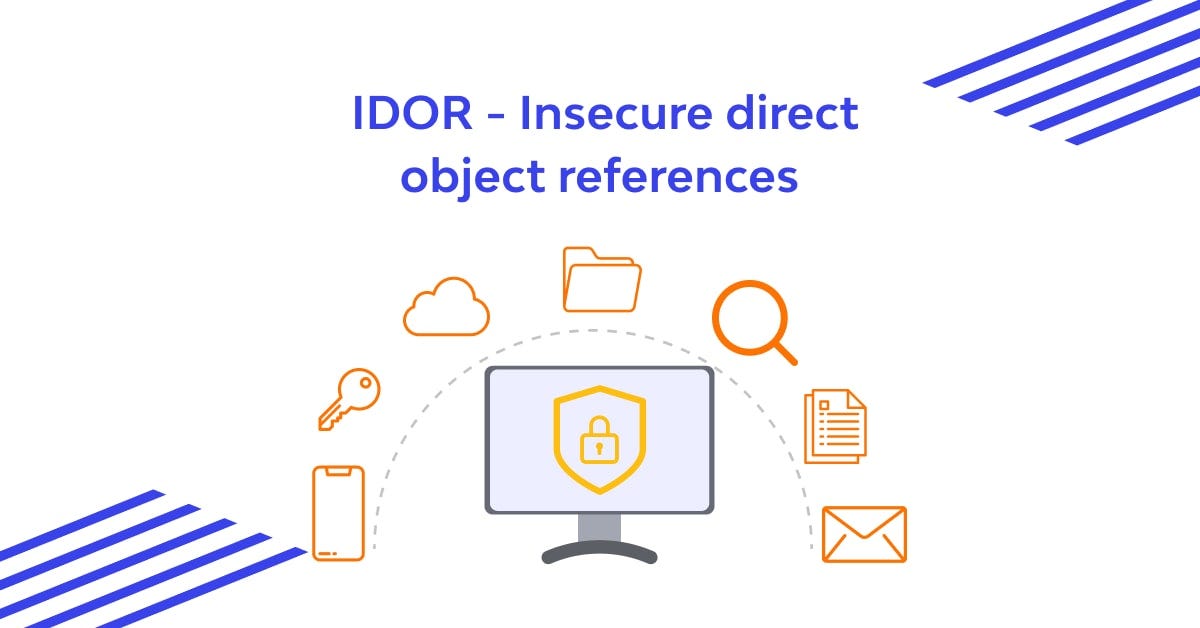Unveiling the Hidden Dangers: A Guide to Tackling Information Disclosure Vulnerabilities in Bug Bounty Hunting | Karthikeyan Nagaraj
Introduction
Bug bounty hunting is an exciting and rewarding endeavor, allowing security researchers to discover vulnerabilities in systems and applications.Among the various vulnerabilities encountered, information disclosure stands as a critical concern.In this blog post, we will explore the concept of information disclosure, its potential consequences, and provide valuable tips for bug bounty hunters to effectively identify and mitigate this risk. By understanding and addressing information disclosure vulnerabilities, we can enhance data security and protect individuals and organizations from malicious activities.
Let’s dive into the depths of information disclosure and equip ourselves with strategies to combat this threat.
What is Information Disclosure?
Information disclosure refers to the unintentional exposure of sensitive data or confidential information.It can occur through various means, including misconfigured access controls, improper error handling, insecure credential management, and server misconfiguration.This vulnerability poses a significant risk to data privacy and security, and it is essential to be aware of its different types, such as direct and indirect disclosures.
The Significance of Information Disclosure in Bug Bounty Hunting
The impact of information disclosure vulnerabilities cannot be understated.It jeopardizes data privacy, leading to potential legal and regulatory implications for organizations.Moreover, the reputational damage inflicted by such incidents can be severe.Bug bounty hunters play a crucial role in uncovering and reporting these vulnerabilities, contributing to a more secure digital landscape.
Identifying Information Disclosure Vulnerabilities
Bug bounty hunters employ various techniques to identify information disclosure vulnerabilities effectively.It involves a combination of manual and automated methods. By examining common attack vectors like misconfigured access controls, improper error handling, insufficiently protected credentials, and server misconfigurations, researchers can pinpoint areas of vulnerability.Manual code review, fuzzing, input validation, endpoint analysis tools, and source code analysis tools are among the techniques utilized.
Best Practices for Detecting and Reporting Information Disclosure Vulnerabilities
To detect and report information disclosure vulnerabilities successfully, bug bounty hunters should follow best practices.Thorough reconnaissance is crucial, involving the identification of sensitive information and analysis of files like robots.txt and sitemap.xml.Comprehensive testing should be conducted to uncover directory traversal, path disclosure, and exposed configuration files.Furthermore, focusing on error handling mechanisms and secure credential management is vital to mitigating information disclosure risks.
Reporting Information Disclosure Vulnerabilities Effectively
When reporting information disclosure vulnerabilities, bug bounty hunters should craft clear and detailed reports.Providing step-by-step reproduction instructions, including screenshots and payloads used, enhances the understanding and severity of the vulnerability.Establishing a secure channel of communication with the bug bounty program is essential to ensure the confidentiality and integrity of the disclosed information.
Conclusion
Information disclosure vulnerabilities pose a significant risk to data privacy and security.In the world of bug bounty hunting, identifying and mitigating these vulnerabilities is crucial.By understanding the various types of information disclosure, employing effective detection techniques, following best practices, and reporting vulnerabilities accurately, bug bounty hunters can contribute to a safer digital ecosystem.Let’s continue to uncover and address information disclosure risks, safeguarding sensitive information and protecting organizations from potential harm.
.png)
 11 months ago
60
11 months ago
60 














 Bengali (Bangladesh) ·
Bengali (Bangladesh) ·  English (United States) ·
English (United States) ·